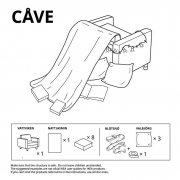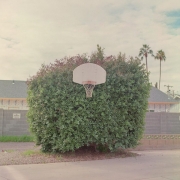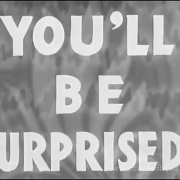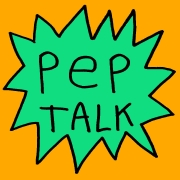RSW Agency New Business Case Study Series, Pt. 4: Nuts And Bolts
The materials you’ll want to gather before writing a case study
Welcome to part 4 of our series on creating a case study.
If you’ve been following these posts over the past several weeks, then you’ve chosen your audience, you know to make the client the star of the story, and you’ve landed on which format(s) you will be choosing to deliver your final case study.
It’s now time to write, correct?
Well, not quite.
You still need to gather all the materials needed to assemble your case studies.
In the same way an artist needs supplies (paint, brushes, canvass, an easel, etc.) to begin painting, you’ll need a variety of elements to effectively put your case study together.
More Than Words
You may be a little surprised about just how little writing we’ve done up to this point in our case study assembly process, but putting together a successful case study is much more than just words – it’s the right words, in the right context, supported by the right materials.
The actual copy of the final case study should only be between 300-1200 words, so the goal shouldn’t be to tell the whole story with every single detail crammed in for good measure.
Instead, leave room for follow-up – an opportunity to reach back out to the prospect and engage further.
As a general rule of thumb, each page of the completed case study should only have about 300-400 words.
As I mentioned above, we’ll be using a variety of text and graphical elements to fill out the rest of it, and make it visually stimulating.
Let There Be Text
Let’s take a look at some of the most common text elements and how they are used in our case study:
Headlines and Subject Heads
The importance of headlines and subject heads cannot be overstated.
These are often the first words anyone sees, and along with images, will serve as the first entry point for most readers, so we recommend taking the extra time to craft strong headlines.
A quick Google search will yield a number of great resources for crafting strong headlines, or you can call up a colleague or two (we’re still practicing good social distancing here) to bounce some ideas around with.
Remember, the headline should be about capturing attention.
Use a few keywords to summarize the process while hinting at the results.
The reader should be able to get a solid impression of what you did for your client very quickly.
Just like any good blog post, case studies should be designed for skimming, not reading.
And hopefully, if we’ve done our job correctly, we’ll be able to draw the reader in to read our case study more carefully.
Section Headings
We finally made it to the main copy of the case study [breathes a sigh of relief].
This is where storytelling should take centerstage.
Data by itself is not very memorable, but stories are.
Remember, you can’t have a case study without a case.
Although the names of section headings can (and will be) called various things, they will usually be some variation of the traditional three: problem, solution, and results.
This is where you can steal the storytelling formula straight from your favorite Hollywood movie and interject it into your case study: a hero overcomes a challenge and emerges better for it.
In this case (no pun intended), your client faces a challenge, overcomes it, and ends up better off than before.
What’s the Problem, Jack?
In the hero’s journey, there is always a challenge that disrupts the hero’s (client’s) environment and must be faced head on.
This is where we introduce your client’s main pain points.
When writing this section, keep in mind that the reader needs to be able to empathize with the hero (your client).
Clearly illustrate what the client did, the challenges they faced, the stakes involved, and their journey to find a solution.
You want the reader (your potential client) to see themselves in your client’s shoes.
When they root for the protagonist of the story, you want them to be rooting for themselves.
If You’re Not a Part of the Solution…
Every good story needs conflict.
This is where you discuss the problems the client faced – examine the extent, implications, and costs of those challenges and how earlier solutions had failed.
In the hero’s journey, the solution is twofold:
1) where the hero meets a mentor who provides guidance, and
2) the road of trials.
This is the part of the story where you came in and saved the day.
Summarize your strategy, execution, and any key findings.
How was the hero able to overcome the challenge in the end?
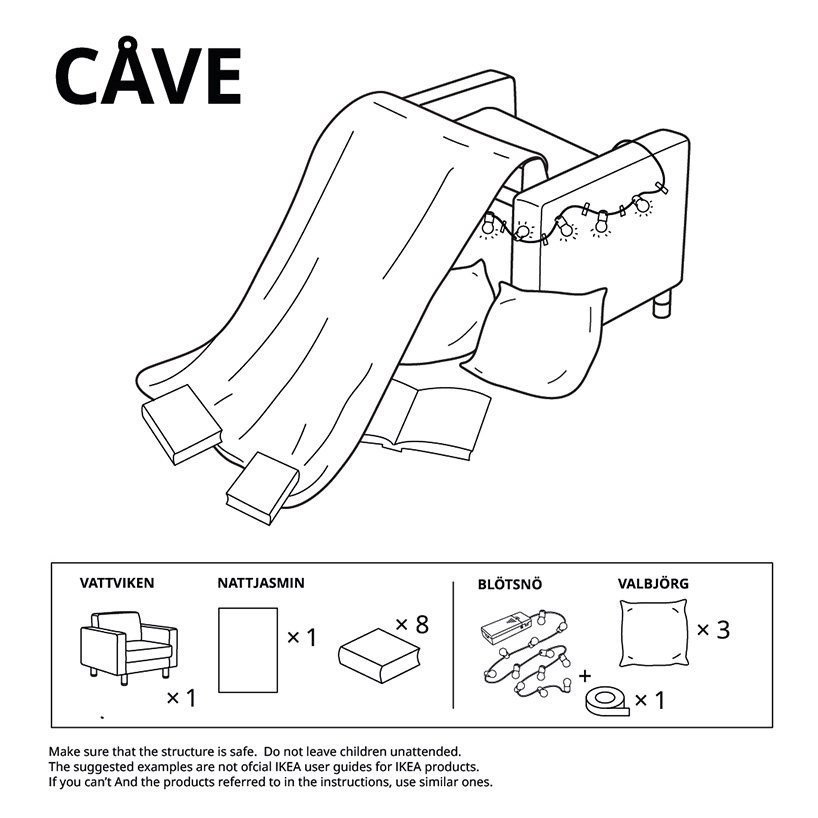
You Can’t Handle the Results
This is where the story comes full circle – the hero of the story emerges victorious and is better off for it in the long run.
Use meaningful metrics and KPIs: one or two strong data points showing overall impact are more effective than 5 “fluffy” outcomes.
Results are important, as they are usually the first thing a prospect will look for.
Naturally, they are also one of the main things many agencies struggle with.
(Spoiler Alert) In the next part of our series we’ll be giving you some tactics to help you with this section.
Miscellaneous
Other common text elements include captions, pull quotes, side bars, lists and tables, and call-out-boxes.
Captions often appear under graphics that require some explanation to make them more clear.
Similarly, sidebars and call-out-boxes help break up and emphasize certain text.
Again, we’re designing for ease of reading, and taking in a lot of information in a short amount of time.
When used correctly, pull quotes are great – they fill space, help the text flow fit properly on the page, and introduce the element of repetition.
However, if not used correctly, they can be distracting. You’ve been warned!
Lastly, lists and tables are another great way to break up large blocks of text and make your case study easier to read.
A Picture is Worth 1,000 Words
As I said at the beginning of this post, it’s not all about the words.
Words are not enough when it comes to engaging your readers – you’ll need strong visuals to complement your case study and support the points you want to make.
Begin with logos.
Use your client’s logo, and put it at the top so it’s one of the first things your reader sees.
If it’s a stand-alone case study, you’ll also want to add your logo to it as well.
When selecting examples of creative, choose those that best demonstrate the breadth of work and define the scope of messaging; however, be selective.
Don’t try to fit every piece of creative you created for the campaign in the case study.
You can have too much of a great thing!
Icons and graphics can be useful if you don’t have creative to showcase. Again, they help breakup text and can visually signal which parts are the most important.
Putting It All Together
Case studies are more art than science.
You may need to tinker with the design until everything fits together perfectly.
Remember the old adage “less is more” – let white space be your friend and create a visual hierarchy using font size and graphics to make the piece easily scannable.
In our next post, we will give you some tips on finding and showcasing results.
In the meantime, binge watch your favorite Netflix series for some lessons in storytelling.

